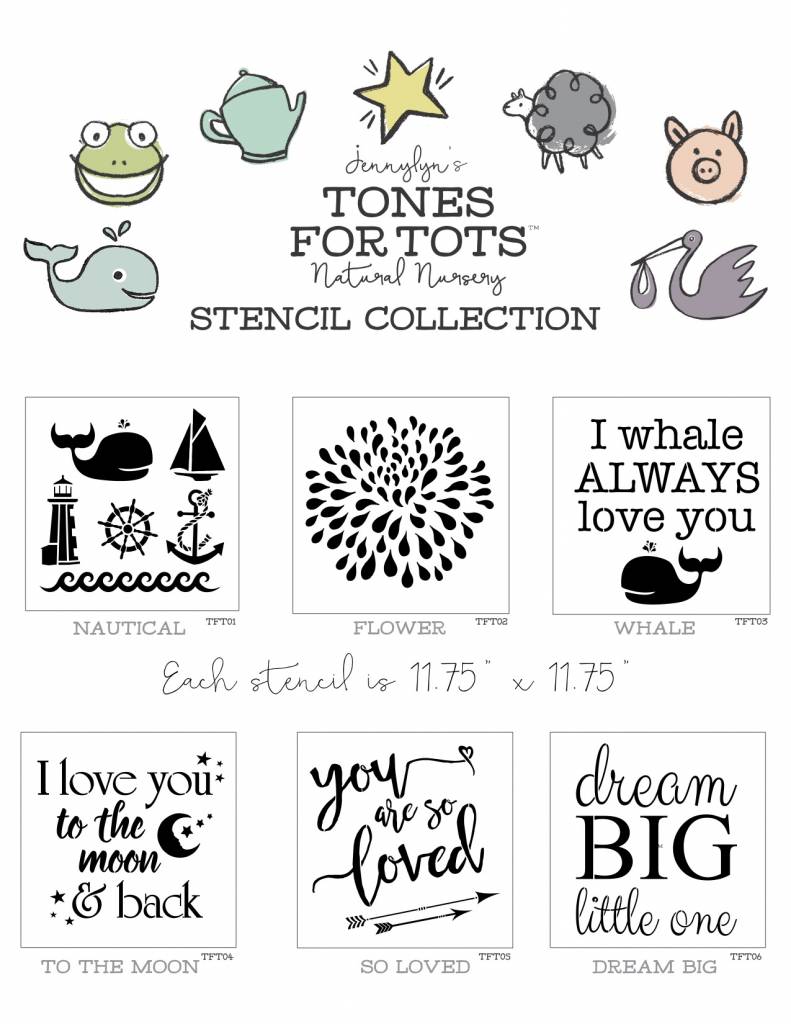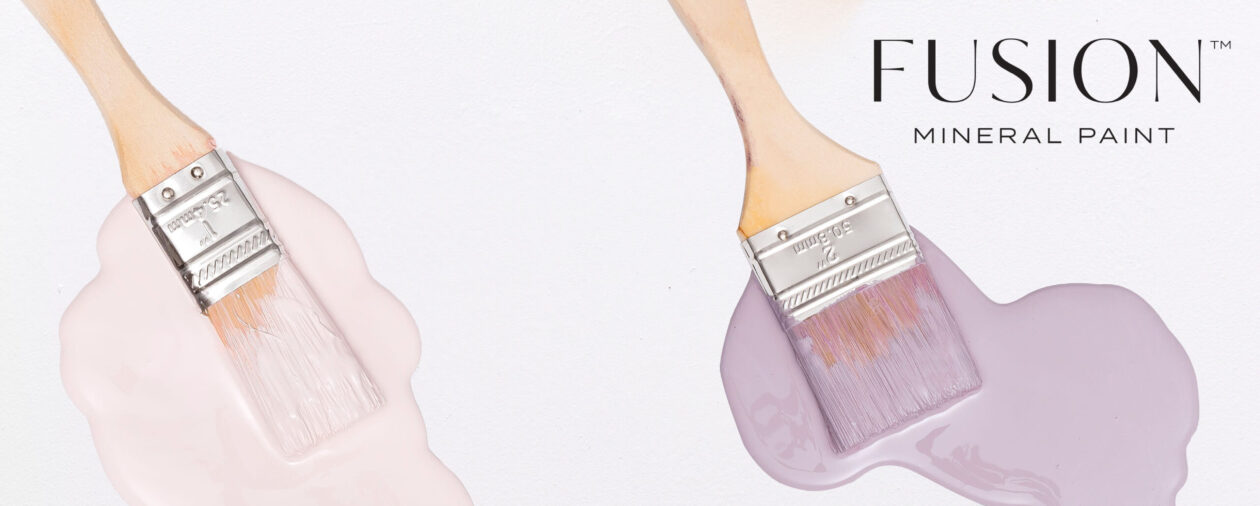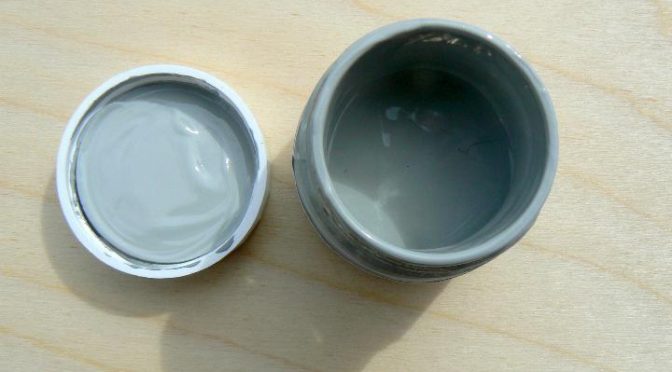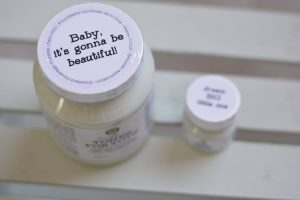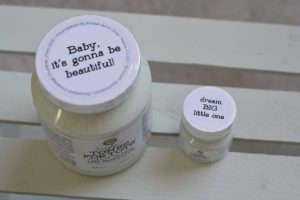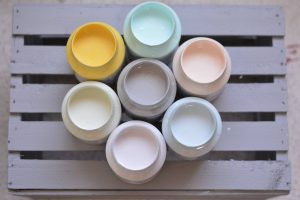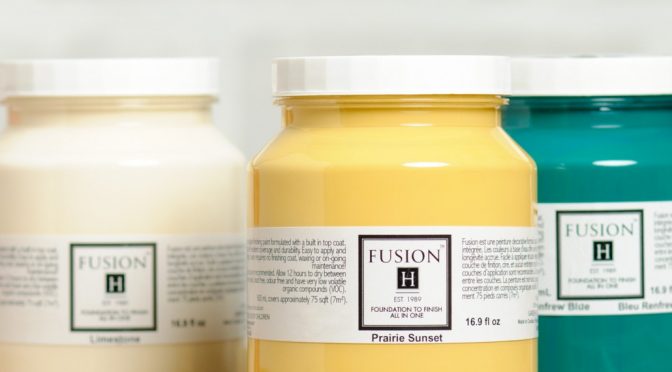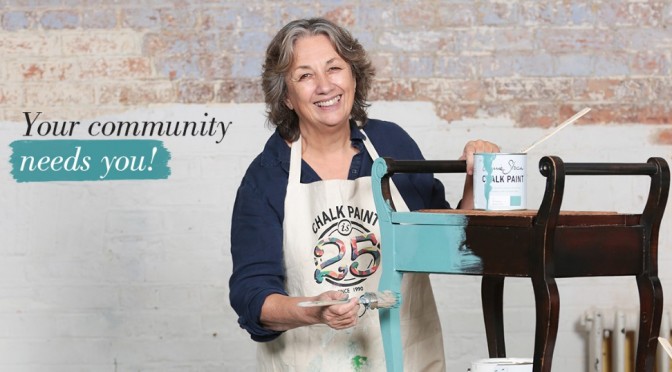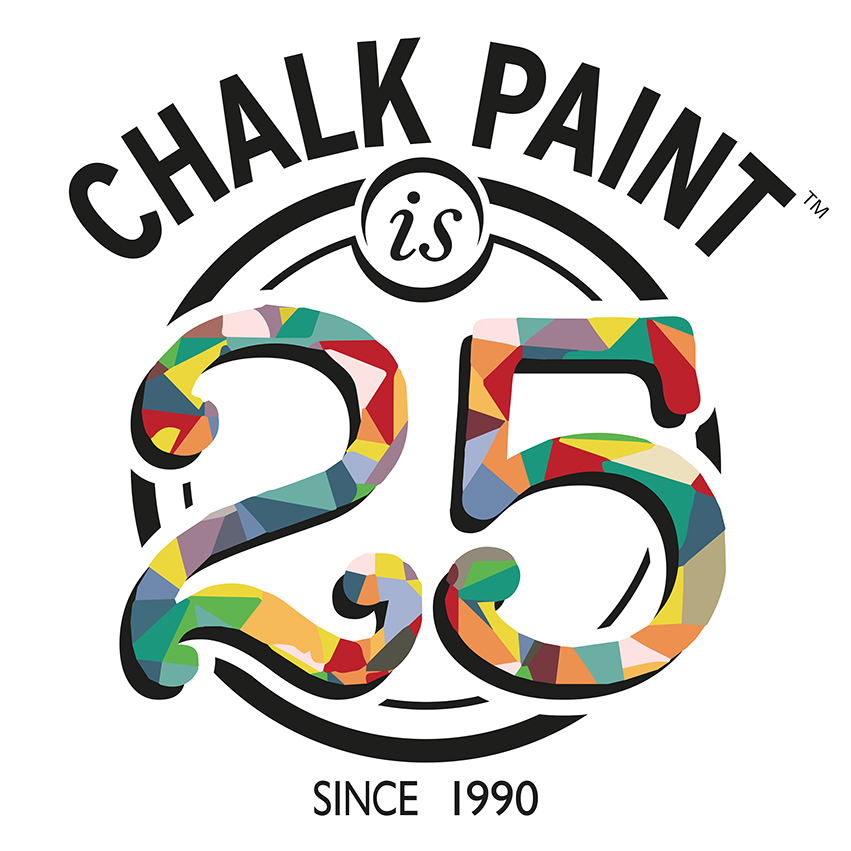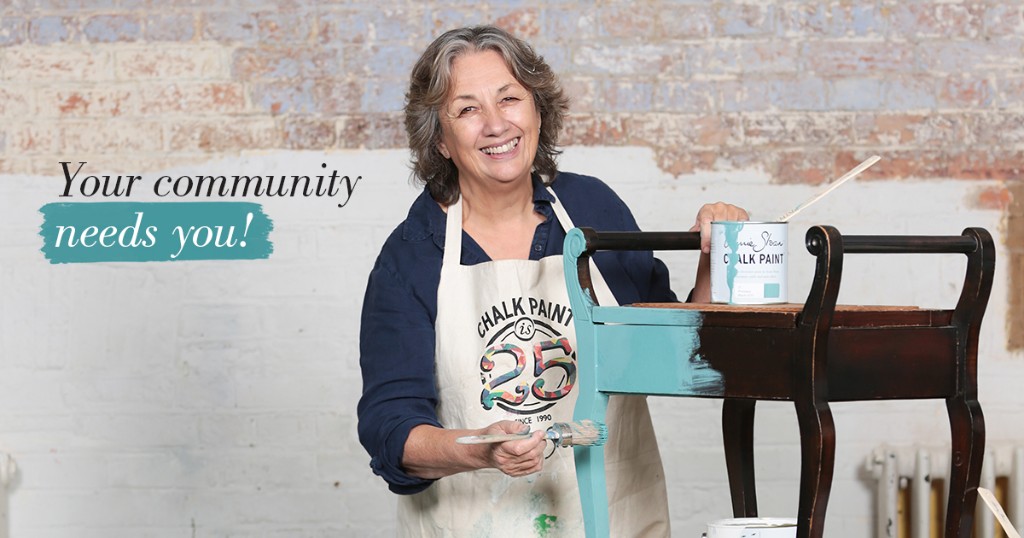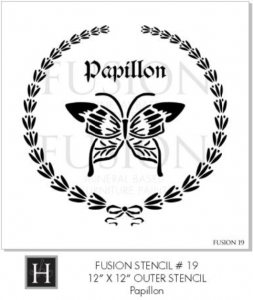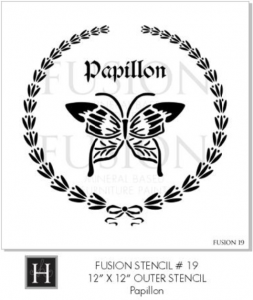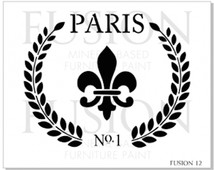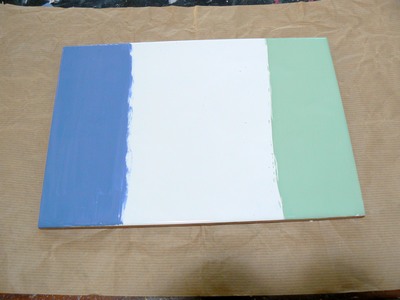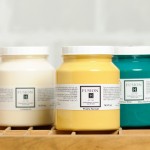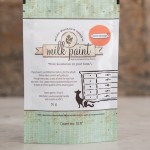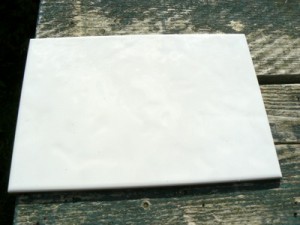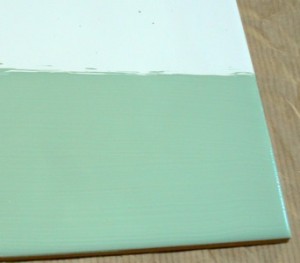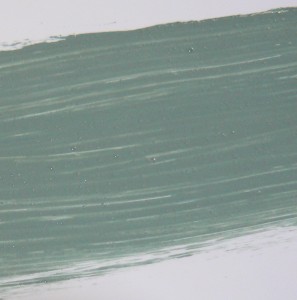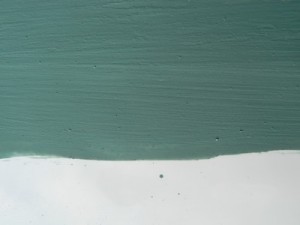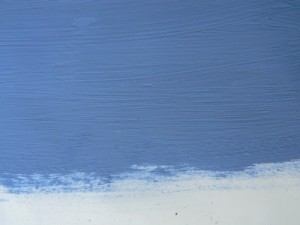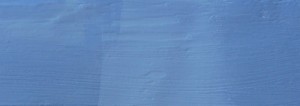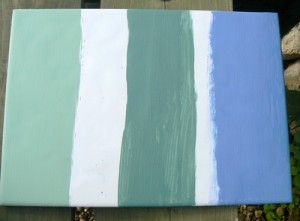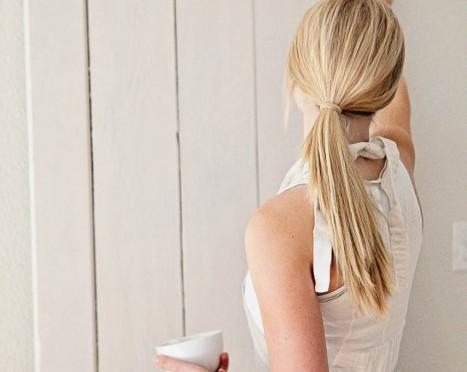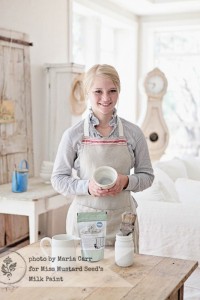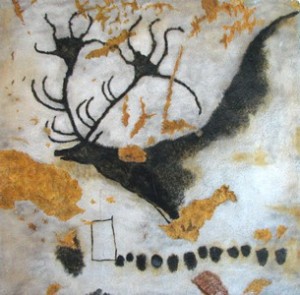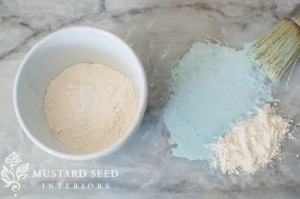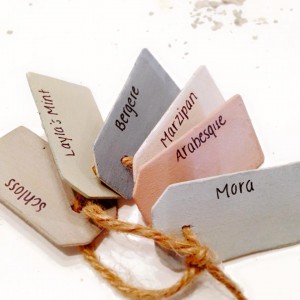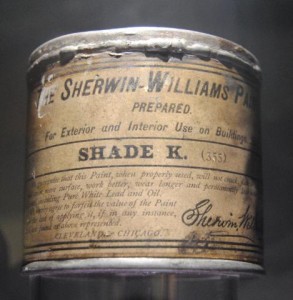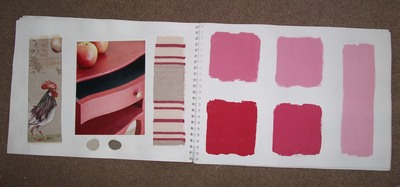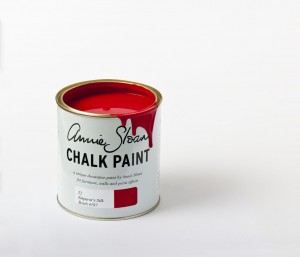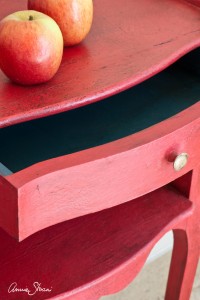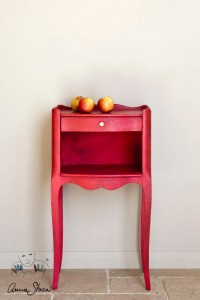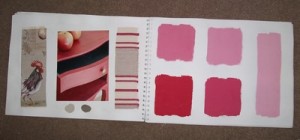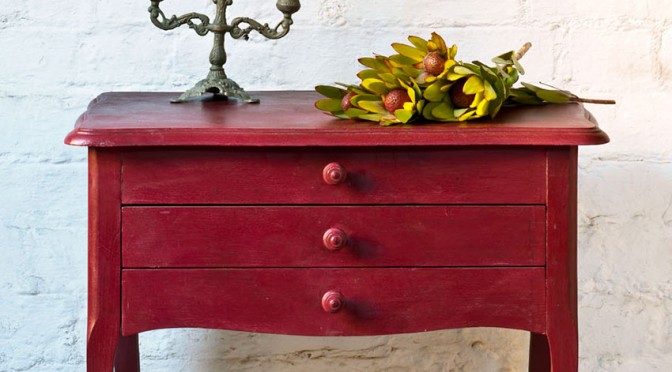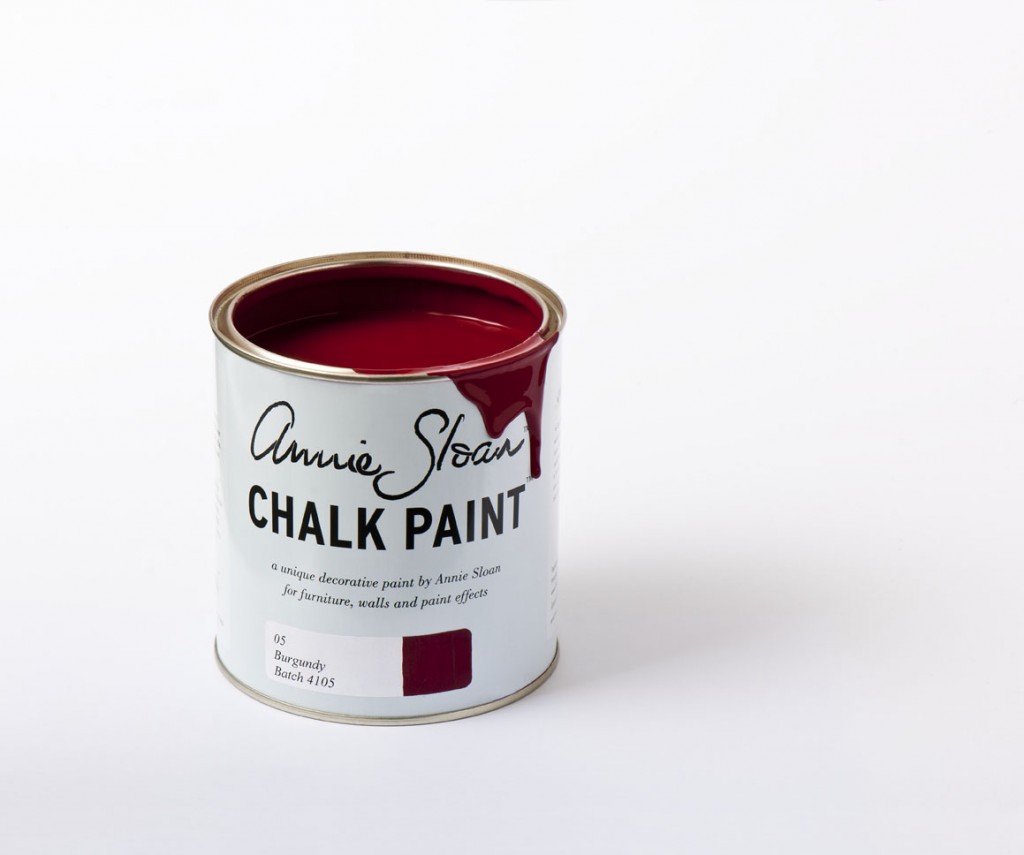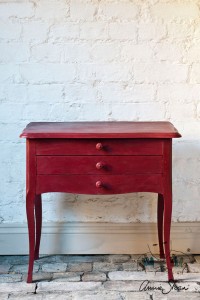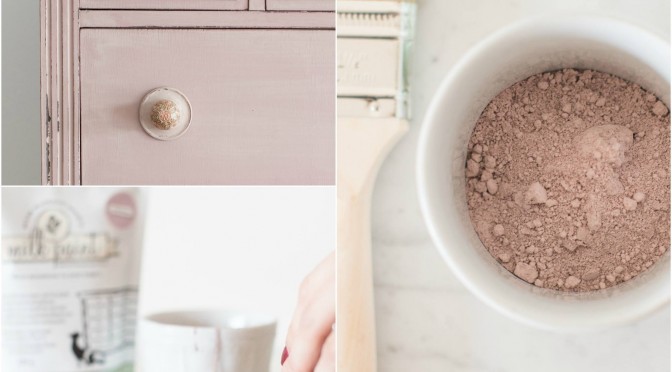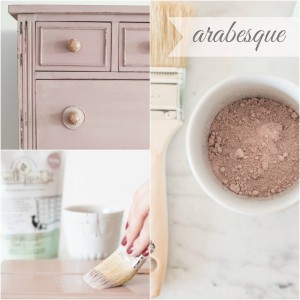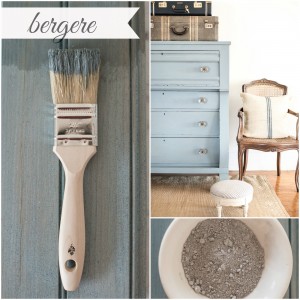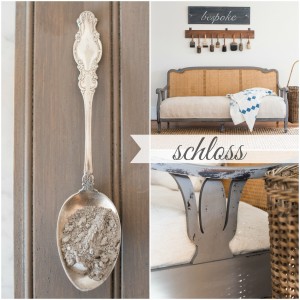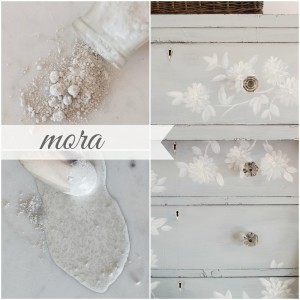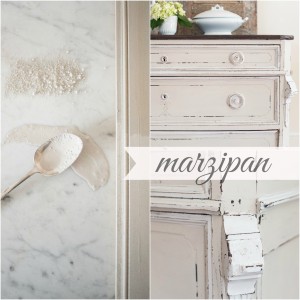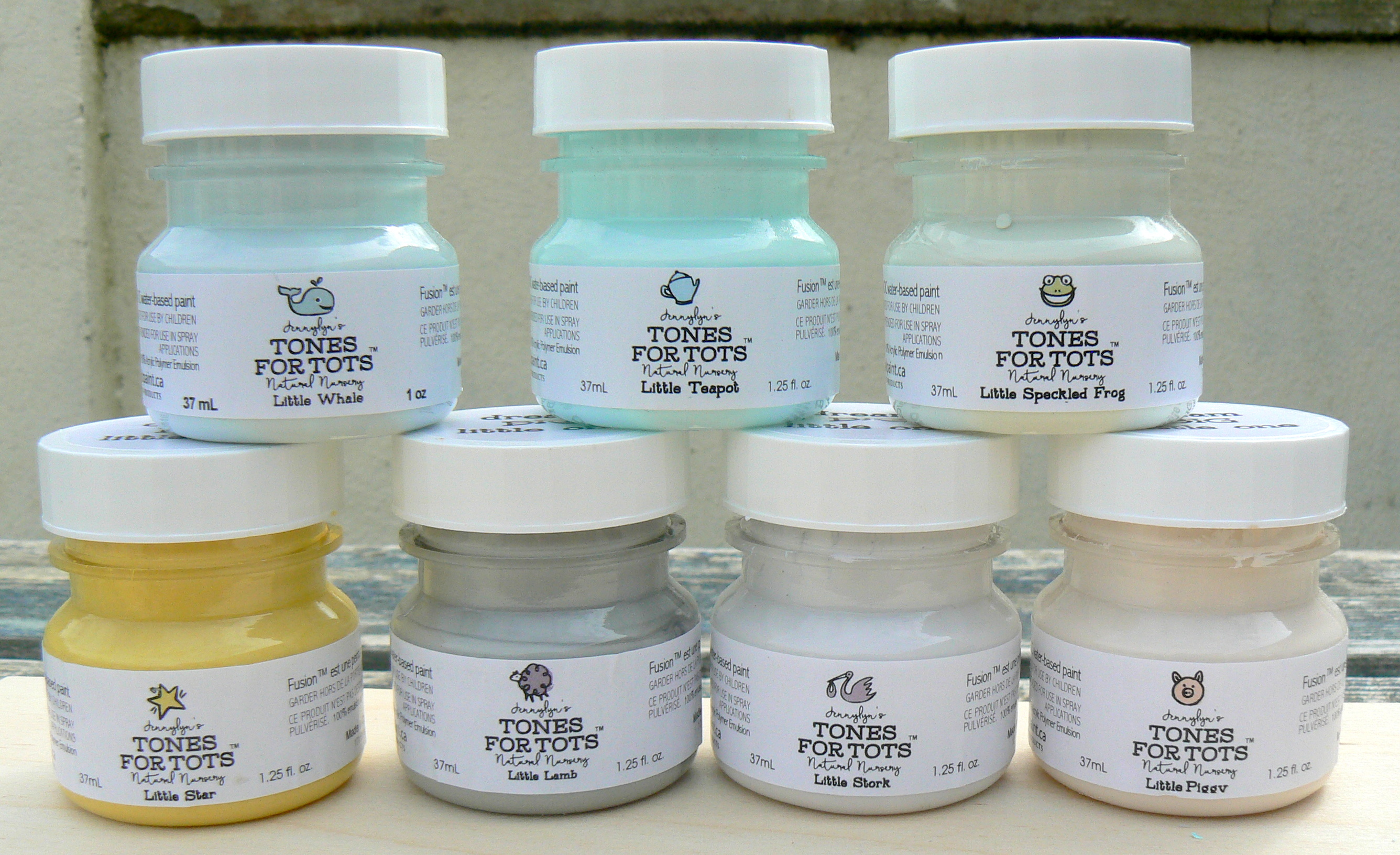
Introducing some amazing pastel shades from Fusion Paint.
Tones for Tots is a new range of colours from Fusion Paint which launch on the 28th May. They are designed specifically with Nurseries and toys in mind. guaranteed to make all mums (and grandmothers too!) say ” wow! “
So before we get to the actual colours here is some background: Fusion™ know you want the best for your little one. At Fusion™, they want the same.
That is why they wanted to develop a paint that was TRULY zero VOC and non-toxic for you and your loved ones. Through years of development Fusion™ have achieved this without sacrificing quality and durability. Fusion™ is a best-in-class paint that features an environmentally and health conscious formulation.
Babies and young children are more susceptible to the health risks associated with VOCs. Fusion™ Paint is lead free, phthalate free, formaldehyde free, ammonia free, virtually odourless and is Zero VOC.
Fusion cares about you and your wee ones. the new Tones for Tots collection complies with both the lead and phthalate restrictions of the Toy Safety Standards of North America and Europe, as well as the ASTM D4236 LHAMA safety labeling requirements.
Ok, now ladies take a deep breath……..
There are seven colours to choose from. So here they are
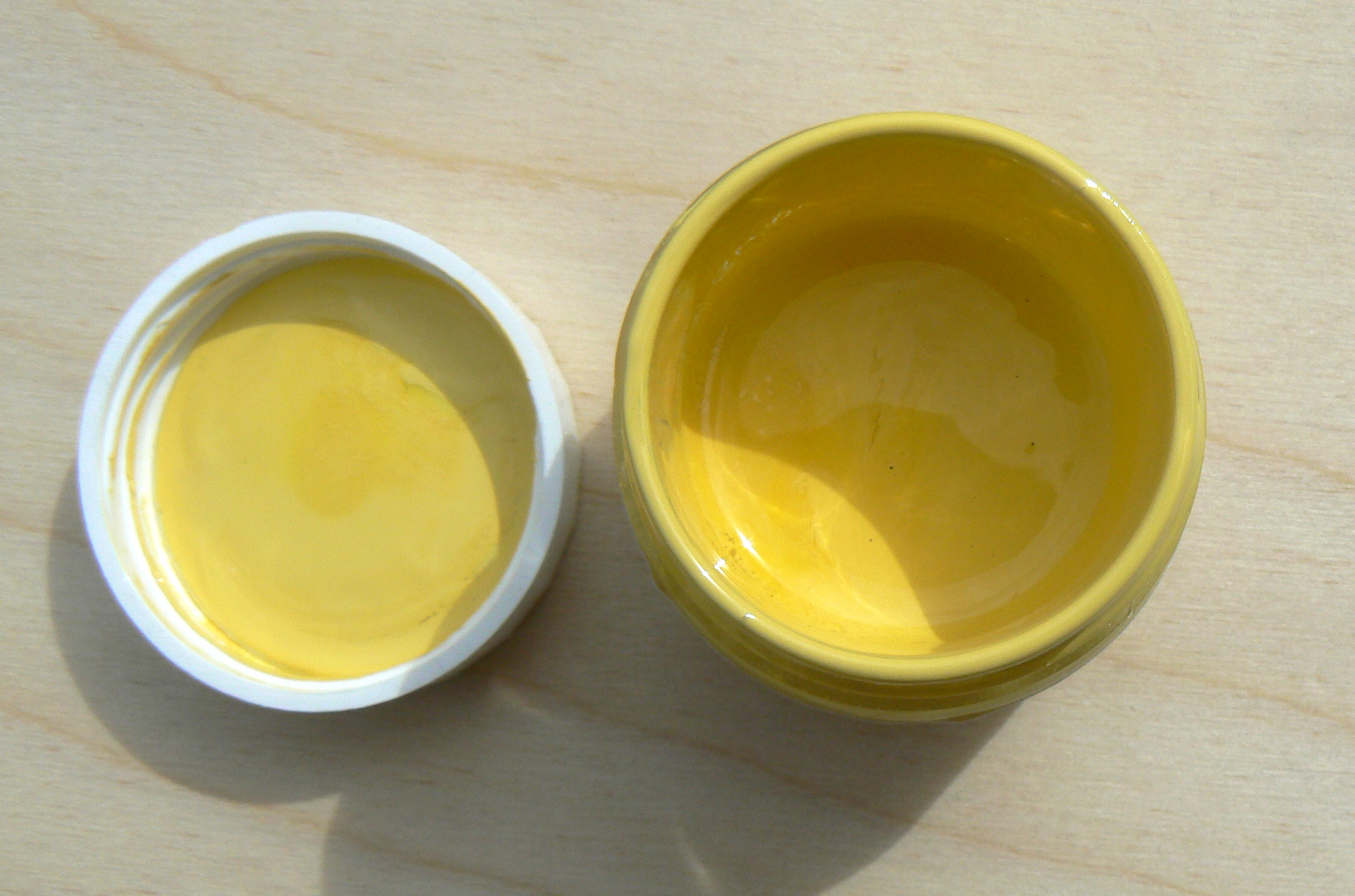
Fusion Little Star
Just remind yourself of those soft yellow knitted cardigans that Grandma used to knit and you have it.
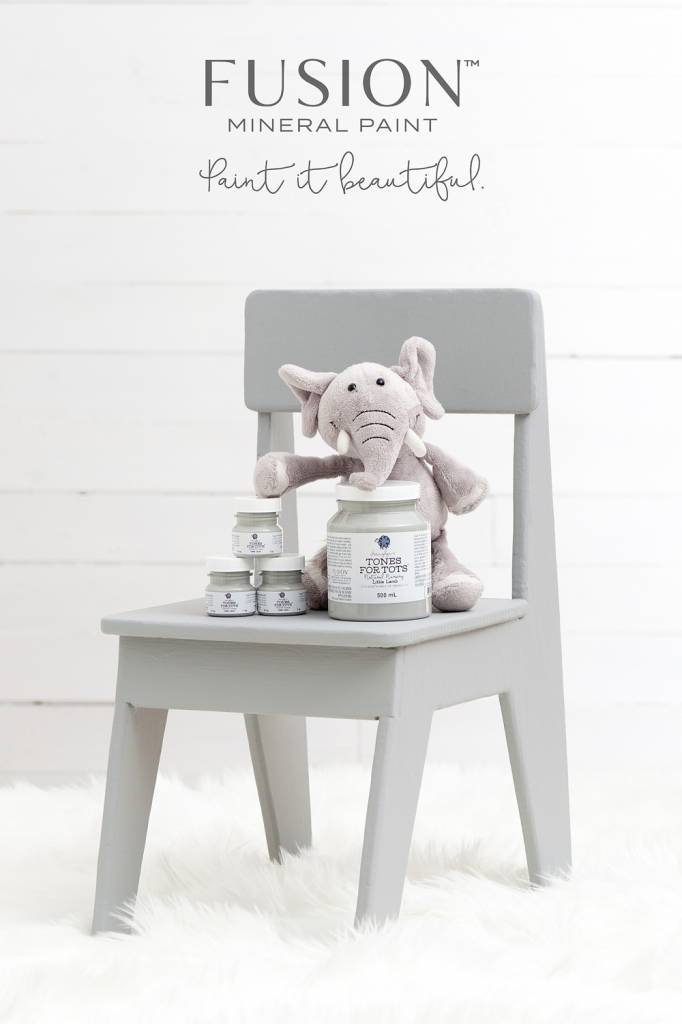
Fusion Little Lamb
A very subtle, neutral but classy grey. A perfect complementary colour for any of the Tones for Tots range.
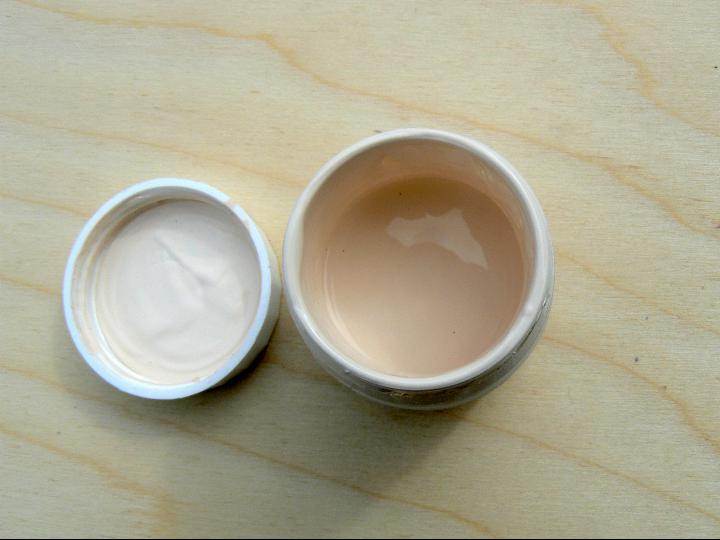
Fusion Little Piggy
A simply gorgeous blush pink shade. A must for every little girls room!
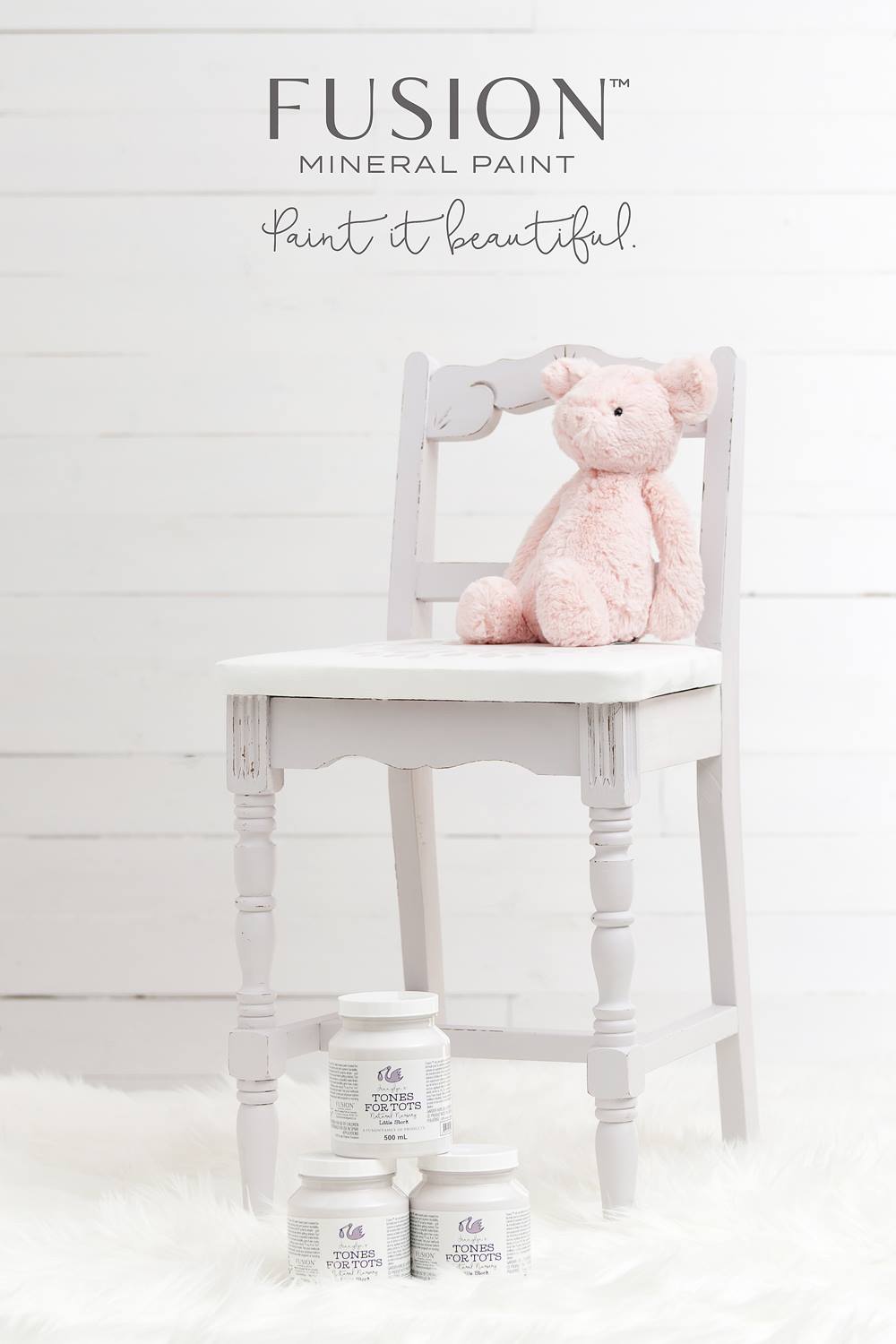
Fusion Little Stork
A lovely creamy shade of white

Fusion Little Teapot
A gorgeous teal shade. A blue that goes with china. Looks good on small and large pieces.
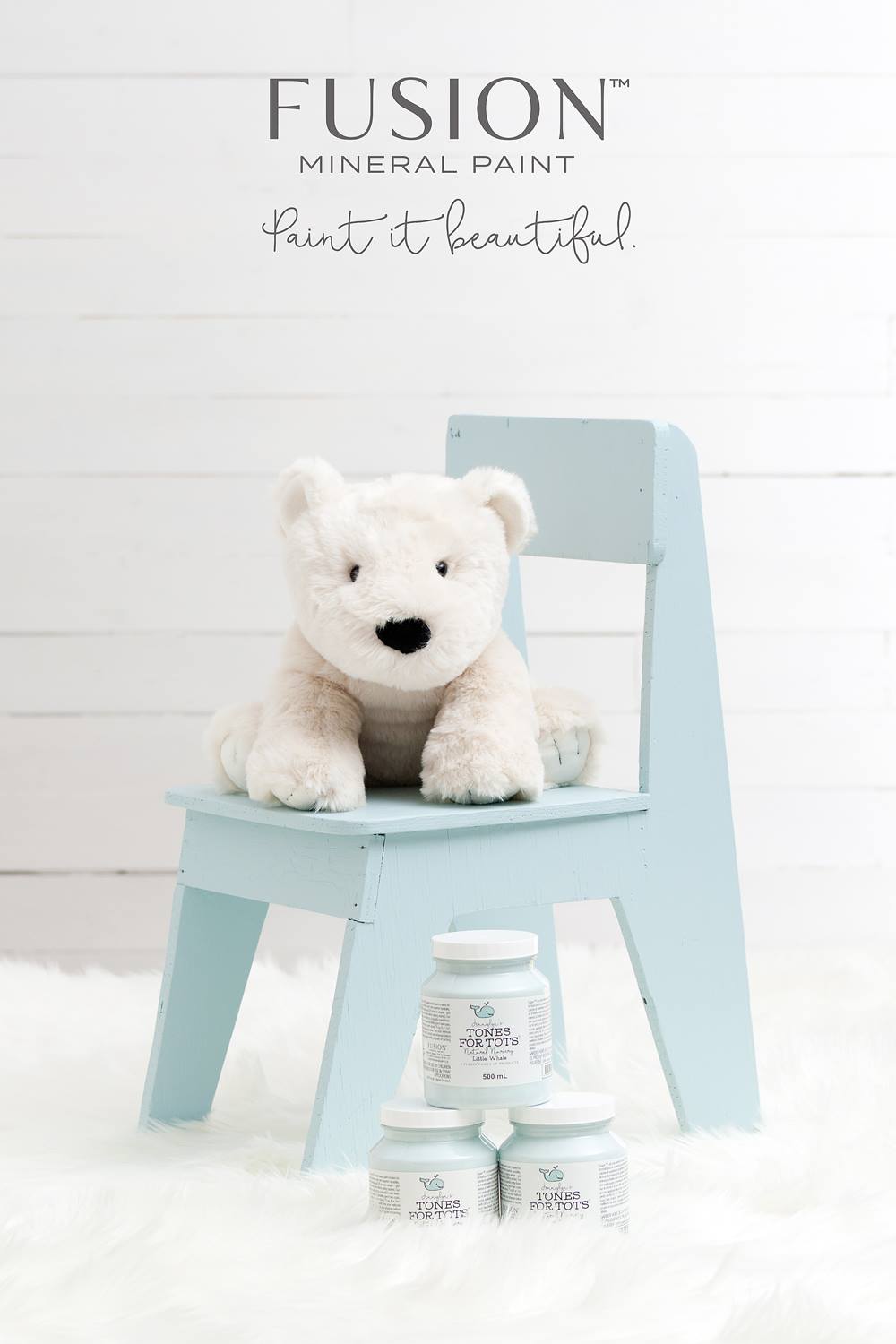
Fusion Little Whale
A very soft, calming lake blue.
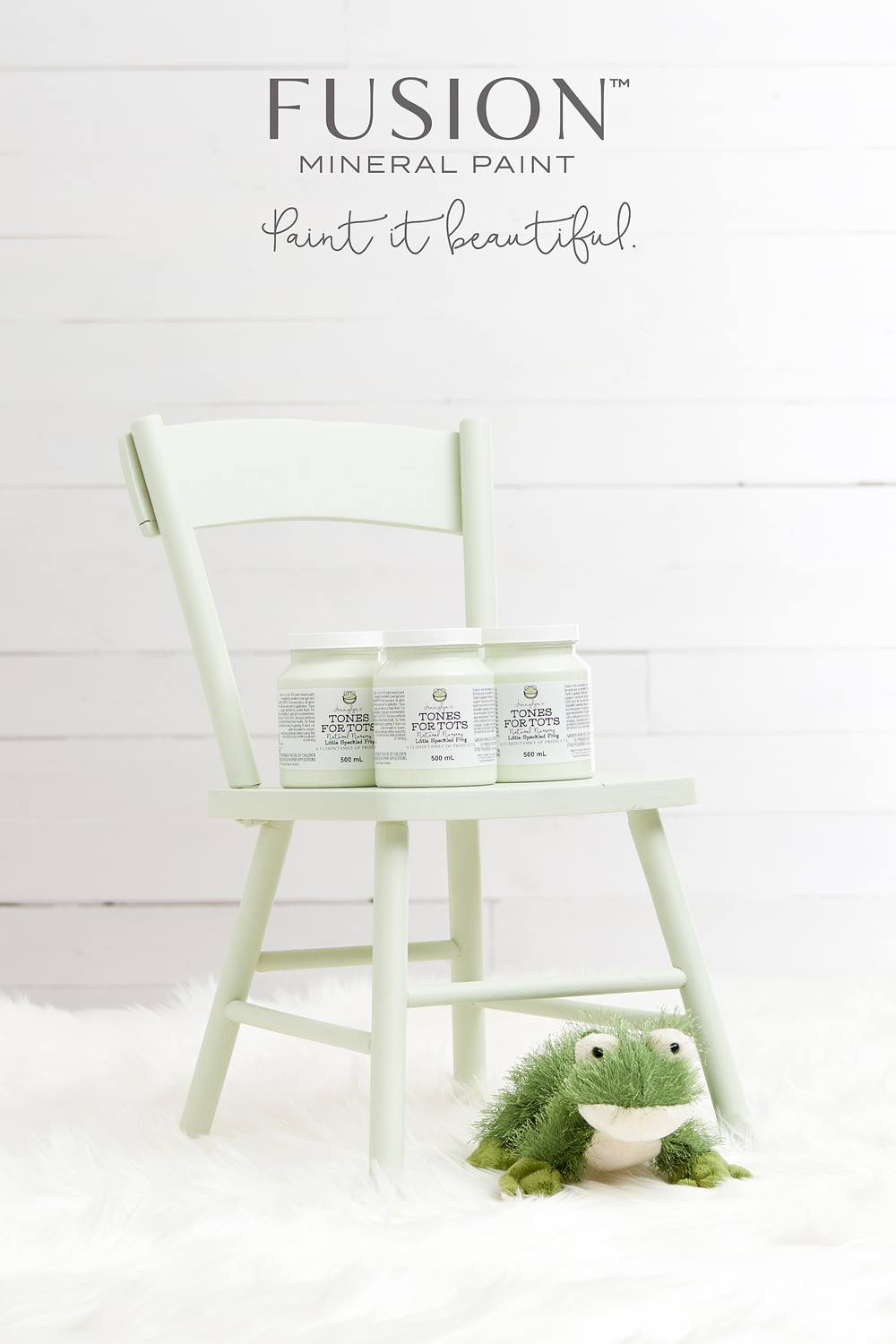
Fusion Little Speckled Frog
And lastly as you would expect from the name a soft shade of minty green.
All the colours will be available in both 500ml and 37ml tester size pots from La Deuxième Chance in Le Bois de Messé, 79120, France from Saturday 28th May
And if you can’t make your mind up which one to choose ( I know it is going to be difficult.) you could always use all the colours
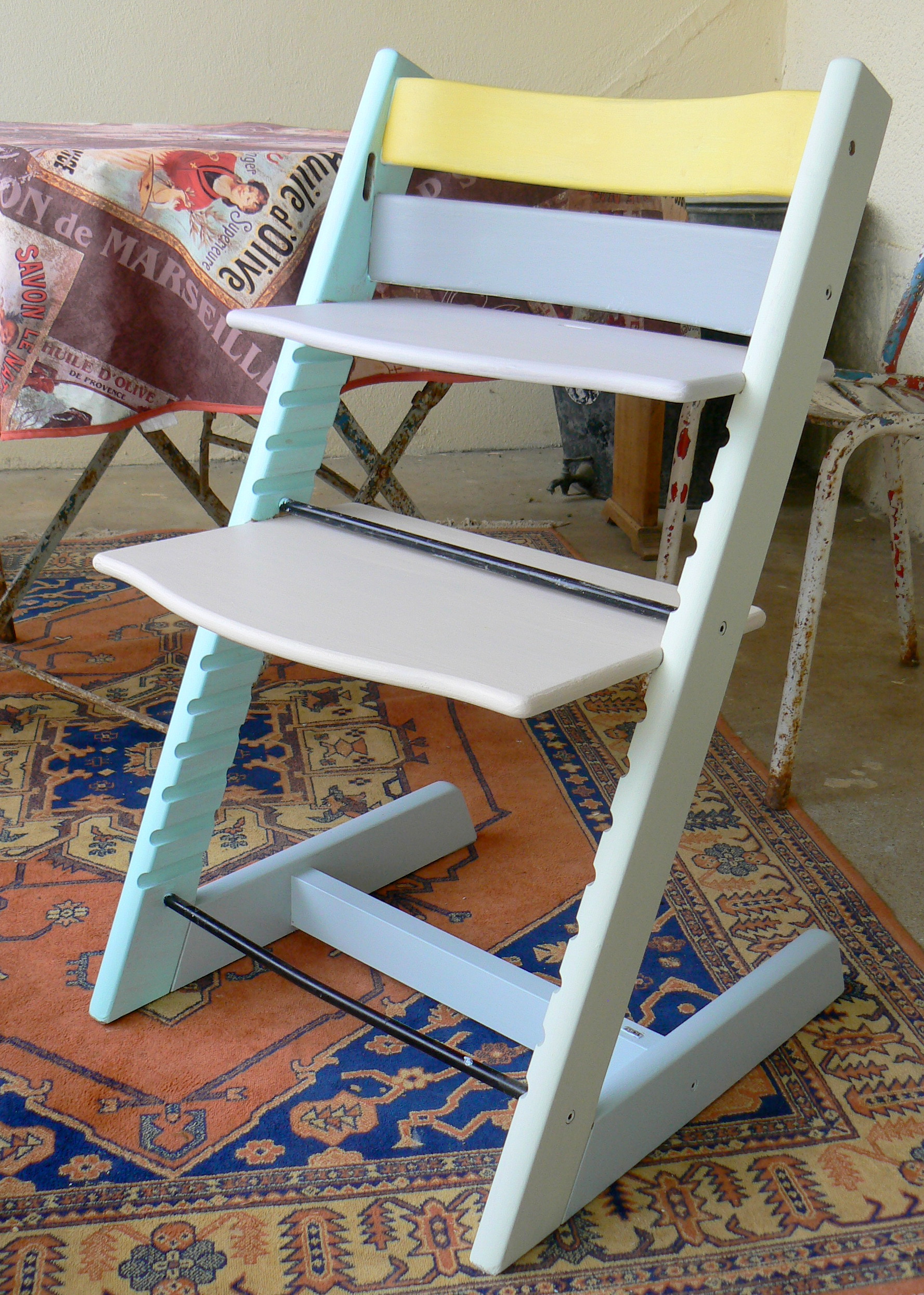
This will be in store from Tuesday 24th May for you to have a look at the colour range before it launches.
Oh and if that hasn’t got you drooling yet there will also be a range of stencils to go with these paints.
